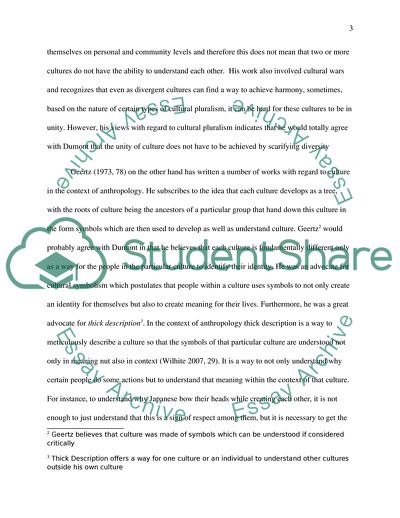Cite this document
(Interpreting Different Cultures Essay Example | Topics and Well Written Essays - 2000 words, n.d.)
Interpreting Different Cultures Essay Example | Topics and Well Written Essays - 2000 words. https://studentshare.org/anthropology/1852414-interpreting-different-cultures
Interpreting Different Cultures Essay Example | Topics and Well Written Essays - 2000 words. https://studentshare.org/anthropology/1852414-interpreting-different-cultures
(Interpreting Different Cultures Essay Example | Topics and Well Written Essays - 2000 Words)
Interpreting Different Cultures Essay Example | Topics and Well Written Essays - 2000 Words. https://studentshare.org/anthropology/1852414-interpreting-different-cultures.
Interpreting Different Cultures Essay Example | Topics and Well Written Essays - 2000 Words. https://studentshare.org/anthropology/1852414-interpreting-different-cultures.
“Interpreting Different Cultures Essay Example | Topics and Well Written Essays - 2000 Words”. https://studentshare.org/anthropology/1852414-interpreting-different-cultures.


